
Absence of Voltage Testers can save lives by providing safety for everyone.

Numerous factors and types of workers should go into consideration for heat prevention.

As summer approaches, it’s time to think more about heat precautions in the workplace.

Precautions against the pandemic are step one in the workplace.

The extreme risks of uncertainty may be something you never thought to think of.
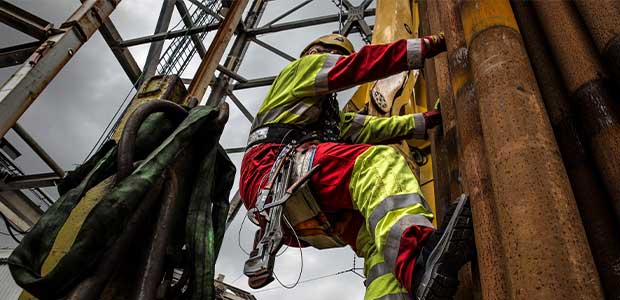
Proper footwear can help avoid major accidents, especially with new innovations.
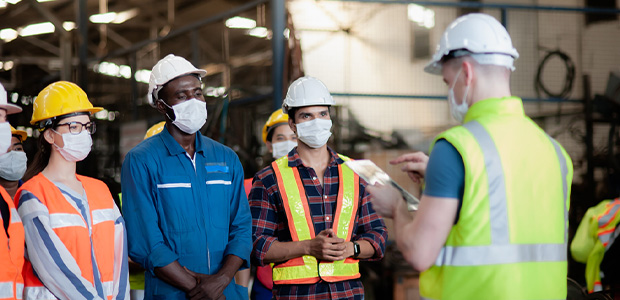
An in-depth report shows you how to conduct efficient trainings for employees.
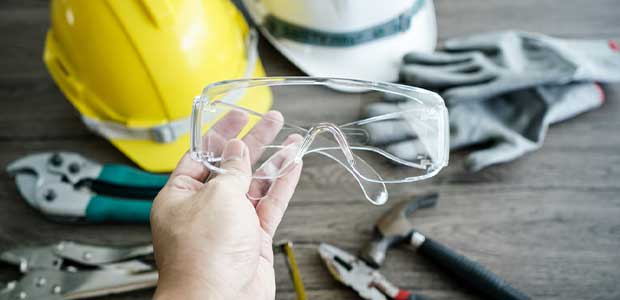
Understanding why workers aren’t wearing their vision protection will help identify program gaps.
It takes a lot to be a great leader and even more to be an exceptional employee.

Episode 75
Summer brings with it some great things, but safety directors know that it can also bring increased safety risks for workers on the job. Listen in as we count down the top five most common summertime safety risks.

The U.S. Department of Labor announces 15 new people have been appointed to serve on the committee.
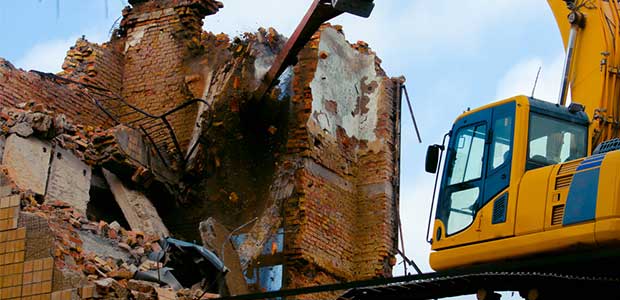
Two Michigan companies were cited by OSHA; the investigation conducted found they failed to check for safety hazards.

Foster Farms and staffing agencies at its Livingston facility failed to protect employees from COVID-19.

Memorial Day weekend is right around the corner; here are drivers’ safety tips to prevent accidents and crashes this holiday provided by the National Safety Council.

Episode 74
In this episode, Editor Sydny Shepard sits down with Scott Francis, Technical Sales Manager for Westex: A Milliken Brand, to discuss new additions and clarifications in the latest edition of NFPA 70E.
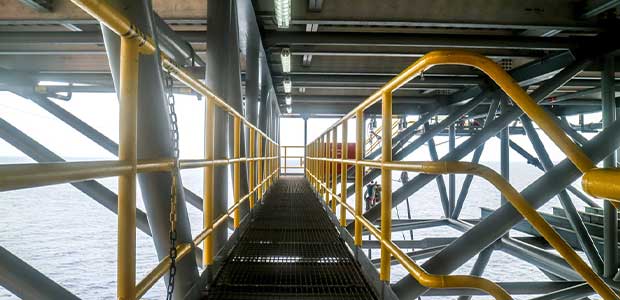
Unclear since 2016, President Joe Biden plans to remove confusion surrounding the requirements.